The following documents are key to the Synod process. The first document is from the International Theological Commission, a commission of theologians that advises the Vatican. The ITC frequently studies issues where there is no official Catholic position. Their task is to try to identify consensus among the many Catholic voices including bishops, theologians, movements, and ministries. In this 2018 document, the ITC outlines some of the key elements of synodality and looks at the historical basis for synodal practices in the church.
- International Theological Commission. Synodality in the Life and Mission of the Church (2018). https://www.vatican.va/roman_curia/congregations/cfaith/cti_documents/rc_cti_20180302_sinodalita_en.html
- Commission Théologique Internationale.La synodalité dans la vie et dans la mission de l’Église (2018). https://www.vatican.va/roman_curia/congregations/cfaith/cti_documents/rc_cti_20180302_sinodalita_fr.html
The next documents come from the General Secretariat of the Synod of Bishops. In their May 2021 texts, the General Secretariat lays out some of the details and plans for the upcoming Synod. It was in this document that the world’s dioceses learned that there would be a diocesan phase of consultation. This kind of consultation has not occurred in previous Synods, but it makes considerable sense in the context of a synod on “synodality.” There is every indication that this form of consultation will occur in preparation for future synods as well.
- Synod of Bishops. “Document of the Synodal Process. XVI Ordinary General Assembly of the Synod of Bishops” (21 May 2021). http://secretariat.synod.va/content/synod/en/news/document-of-the-synodal-process–xvi-ordinary-general-assembly-o.html
- Synode des Évêques. “L’itinéraire synodal. XVI Assemblée Générale Ordinaire du Synode des Évêques” (21 mai 2021). http://secretariat.synod.va/content/synod/fr/news/l_itineraire-synodal-xvi-assemblee-generale-ordinaire-du-synode-.html
- Synod of Bishops. “Note on the XVI Ordinary General Assembly of the Synod of Bishops, ‘For a Synodal Church: Communion, Participation and Mission’” (21 May 2021). https://press.vatican.va/content/salastampa/en/bollettino/pubblico/2021/05/21/210521b.html
Further details were revealed on September 7 when the General Secretariat released the Preparatory Document and a Vademecum. While the former is a theological reflection, the latter is more of a handbook or guide for local dioceses to implement a local consultation phase.
- Synod of Bishops.Preparatory Document: For a Synodal Church: Communion, Participation, and Mission (7 September 2021). https://www.synod.va/en/news/preparatory-document.html
- Synode des Évêques. Document Préparatoire : Pour une Église synodale (7 septembre 2021). https://www.synod.va/content/dam/synod/document/common/preparatory-document/pdf-21×21/Documento-Preparatorio-FR-215.pdf
- Synod of Bishops. Vademecum for the Synod on Synodality. (7 September 2021). https://www.synod.va/en/news/vademecum-for-the-synod-on-synodality.html
- Synode des Évêques. Vademecum pour la synod sur la synodalité (7 septembre 2021). https://www.synod.va/content/dam/synod/document/common/vademecum/Vademecum-FR-A4-tutto.pdf
Cardinal Mario Grech, the general secretary of the Synod of Bishops, and Cardinal Kurt Koch, the president of the Pontifical Council for Promoting Christian Unity, have written a letter to those responsible for ecumenism within the bishops’ conferences.
- To the Bishops responsible for ecumenism in the Episcopal conferences and Synods (28 October 2021). https://www.synod.va/content/dam/synod/news/2021-10-29_ecumenism/EN-Ecumenism.pdf
- Aux évêques responsables de l’oecuménisme des Conférences épiscopales et des Synodes (28 octobre 2021). https://www.synod.va/content/dam/synod/news/2021-10-29_ecumenism/FR-Ecumenism.pdf

